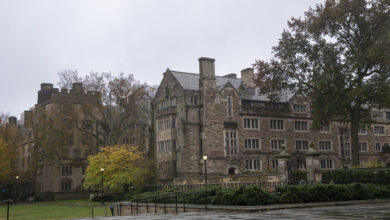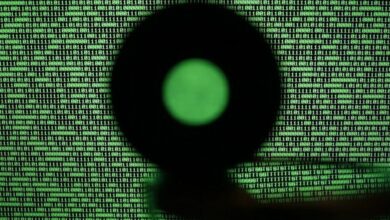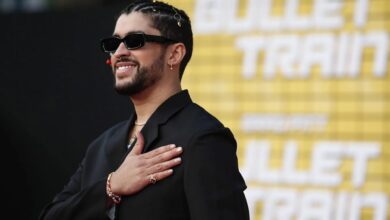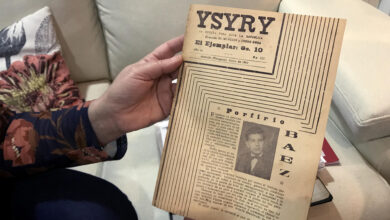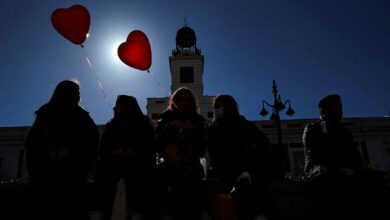Bad Bunny’s Spanish Super Bowl: A Halftime Revolution That Makes America Listen
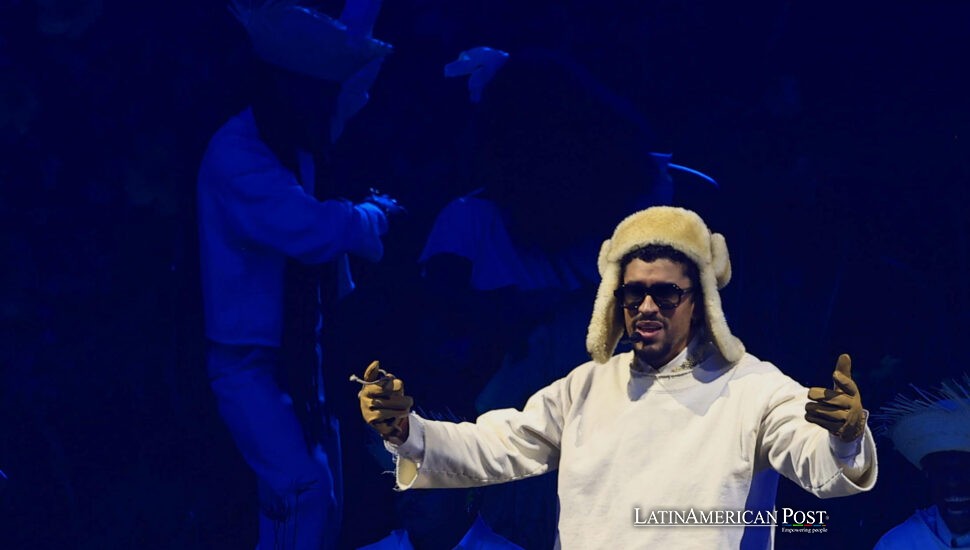
When Bad Bunny takes the stage at the 2026 Super Bowl, it will be more than a concert—it will be a declaration. For fifteen minutes, the most-watched television event in the United States will sound like Puerto Rico, feel like the Caribbean, and speak unapologetically in Spanish. It won’t just be music. It will be a mirror—reflecting a country that is finally beginning to hear itself in more than one language.
A Flag Raised in Sound, Not Slogans
Bad Bunny’s insistence on speaking and singing in Spanish on America’s biggest platforms is not rebellion—it’s reality catching up with itself. “In Anglo media spaces, he’s planting a flag literally, figuratively, and linguistically,” said Maia Sherwood, a Puerto Rican writer and linguist, in an interview with EFE. She calls him “a linguistically potent figure,” someone who uses the microphone not to provoke but to remind. Spanish, he suggests, is not a foreign accent in the United States—it’s one of its native tongues.
For years, English was the default soundtrack of national pride; everything else was background noise. Bad Bunny is flipping the mix. His decision to headline the Super Bowl halftime show in Spanish isn’t a marketing stunt—it’s an act of representation so visible it cannot be ignored.
He doesn’t lecture; he performs. And in the rhythms of reggaeton, trap, and plena, he makes an argument about belonging more persuasive than any speech. It’s not about waving a Puerto Rican flag—it’s about making that flag audible. His Super Bowl will not just entertain; it will shift the sense of who the stage is for.
When Pop Culture Becomes a Spanish Classroom
On Saturday Night Live, Bad Bunny teased the coming halftime with a sly dare. “You have four months to learn Spanish,” he told viewers. The line drew laughter—and then something unexpected: participation. As EFE reported, hundreds of fans began posting clips of themselves learning his lyrics, stumbling through conjugations and accents. The artist amplified their efforts, encouraging a digital wave of amateur Spanish lessons.
That joke became a cultural experiment. Each learner was also acknowledging something more profound: that Spanish is not the outsider’s tongue, but the second-most-spoken language in the United States. “When he said, ‘I speak Spanish,’ it wasn’t just about language, it was about dignity,” said Luis Ga Núñez, musical director of Puerto Rico’s Plena Libre, in remarks to EFE. “He reminded us that being Latino and Puerto Rican is nothing to hide.”
Bad Bunny’s casual command of Spanish in mainstream spaces turns the Super Bowl into a kind of civic classroom, where the lesson is inclusion through immersion. Viewers won’t need to understand every word to feel its gravity. As Sherwood told EFE, this is “an inversion of linguistic power.” English has long been the measure of legitimacy; now Spanish, by sheer cultural presence, demands respect on its own terms.
It’s a subtle revolution. Each lyric untranslated, each sentence unsoftened for English ears, is a vote of confidence in an America already more bilingual than its politics admit. The artist isn’t teaching vocabulary—he’s teaching listening.
Backlash Politics and the Bilingual Future
Of course, not everyone is clapping to the beat. Critics have painted Bad Bunny’s stance as divisive or un-American. His decision to skip touring in the United States during immigration crackdowns and his defense of migrant rights made him a lightning rod. EFE reported that former President Donald Trump dismissed him outright, saying he didn’t know who Bad Bunny was, and labeled the NFL’s decision to feature him “absolutely ridiculous.”
But the backlash only underscores the moment’s importance. What’s really being contested isn’t musical taste—it’s cultural authority. Who gets to define what “American” looks and sounds like when a hundred million people are watching?
Spanish isn’t invading the halftime stage; it’s claiming long-overdue residency. Latin rhythms already dominate global streaming charts. In cities from Miami to Houston, Spanish-language radio outranks English pop. The halftime show is merely catching up with the audience it already has.
“This isn’t Spanish versus English—it’s inclusion and vindication of linguistic diversity,” Sherwood told EFE. The NFL isn’t losing its voice; it’s gaining harmony. And for kids watching in bilingual homes—kids who translate for parents, who toggle between languages without apology—seeing their language amplified through stadium speakers will feel like recognition. For once, their accents will echo, not disappear.
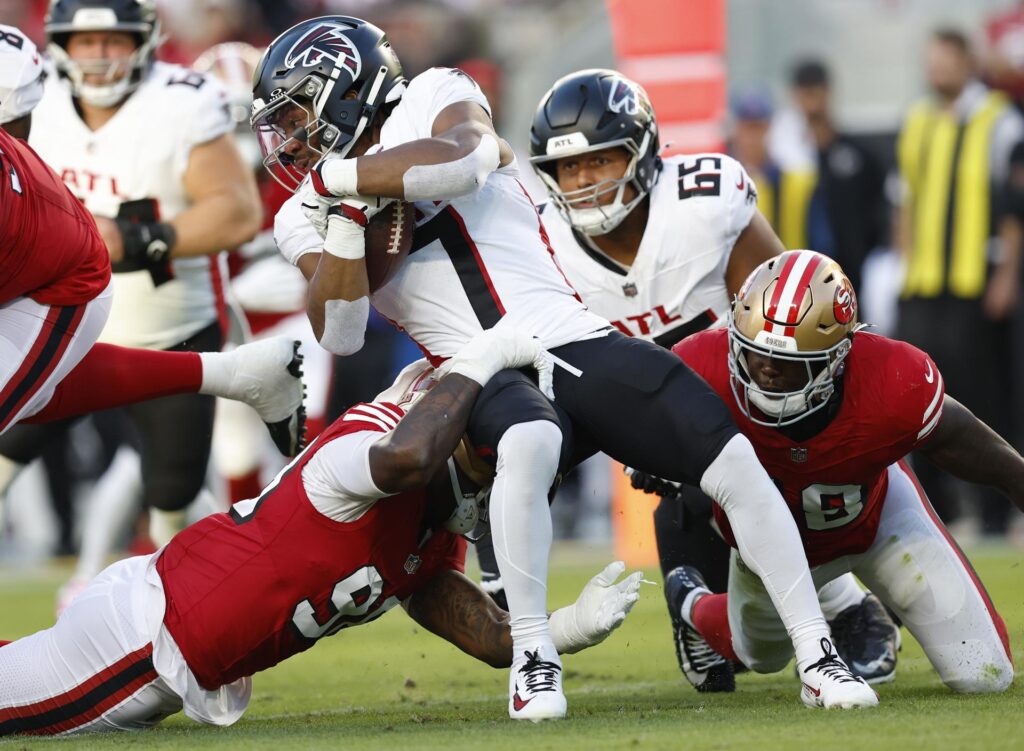
Heritage in the Hook, Puerto Rico in the Pocket
Bad Bunny’s power lies in the details—the rhythms, the instruments, the roots. His new album, Debí Tirar Más Fotos, weaves Puerto Rican bomba and plena into his global soundscape. If he brings those drums to the Super Bowl—barriles, cuatros, and panderos—it won’t just be a performance; it will be a reclamation.
“Hearing those instruments in that space would be incredible,” said Núñez to EFE. “It would feel like a dream.” For him and countless Puerto Ricans, that sound would travel further than any fireworks—a heartbeat from the island pulsing through an American ritual.
Producer Raphy Pina told EFE that what Bad Bunny represents is “proof you don’t have to change who you are to go far.” Speaking Spanish on SNL, performing it at the Super Bowl—it’s more than personal pride. “He shows that language isn’t a barrier but a flag,” Pina said. “He’s inspiring an entire Latin generation in the U.S. and beyond.”
A flag, after all, is meant to be seen from a distance. It signals belonging, safety, defiance. And when that flag unfurls through sound—through plena, trap, or reggaeton—it’s impossible to miss.
For millions of viewers, the halftime show will be their first encounter with Spanish that doesn’t apologize or translate. Some may resist; most will adapt. And as Sherwood told EFE, “The point isn’t confrontation—it’s expansion.”
Bad Bunny isn’t closing doors; he’s widening the stage. The halftime show isn’t a test of patriotism—it’s a rehearsal for the bilingual future already humming in American cities.
Also Read: Bad Bunny’s Super Bowl Takeover: The NFL’s Bold Bet on Latin America’s Future Fans
The stadium crowd will roar, the beats will hit, and the Spanish will roll on—clear, proud, and unstoppable. It won’t break America.
It might finally make it sing in tune.

